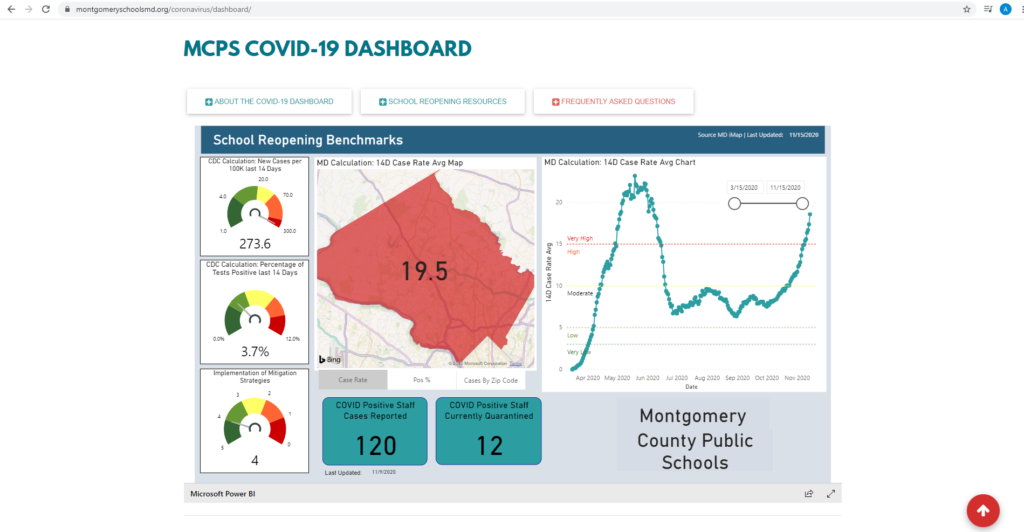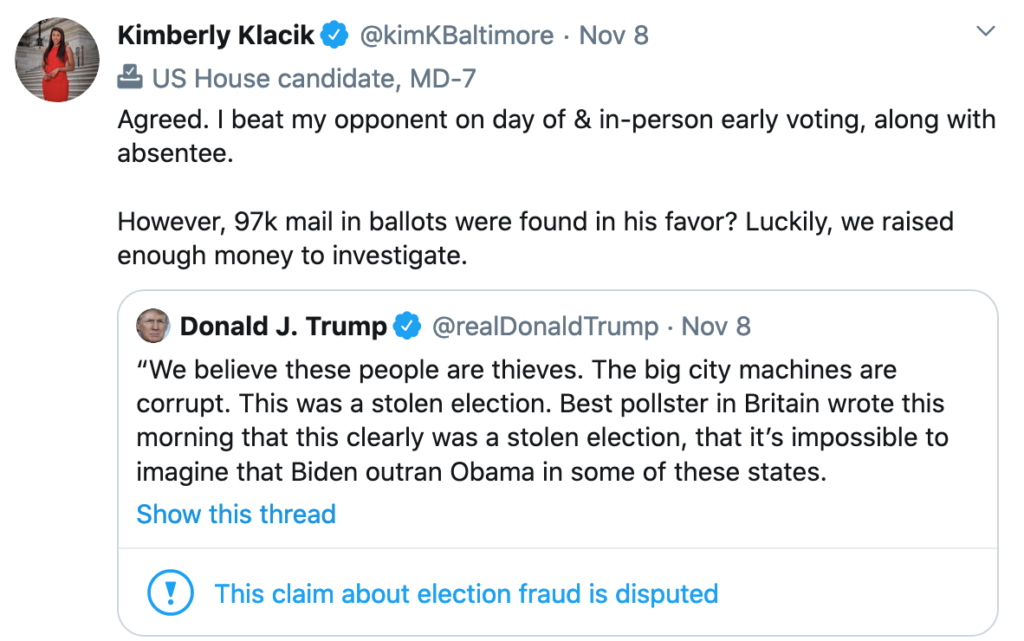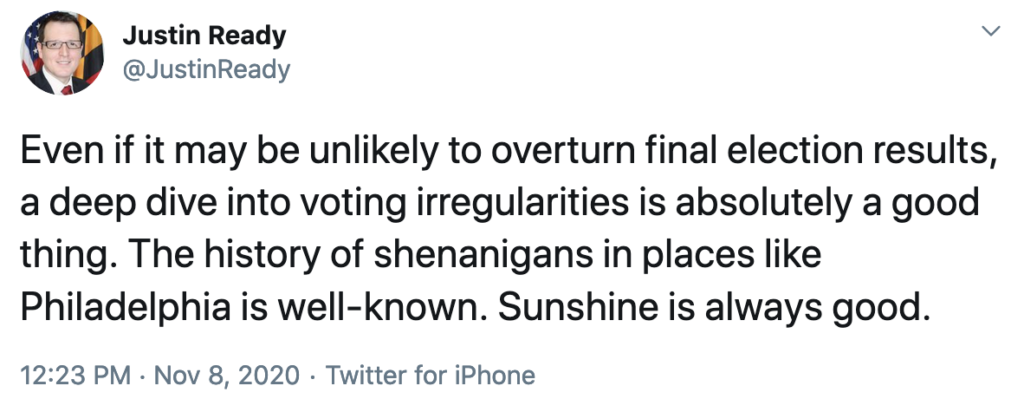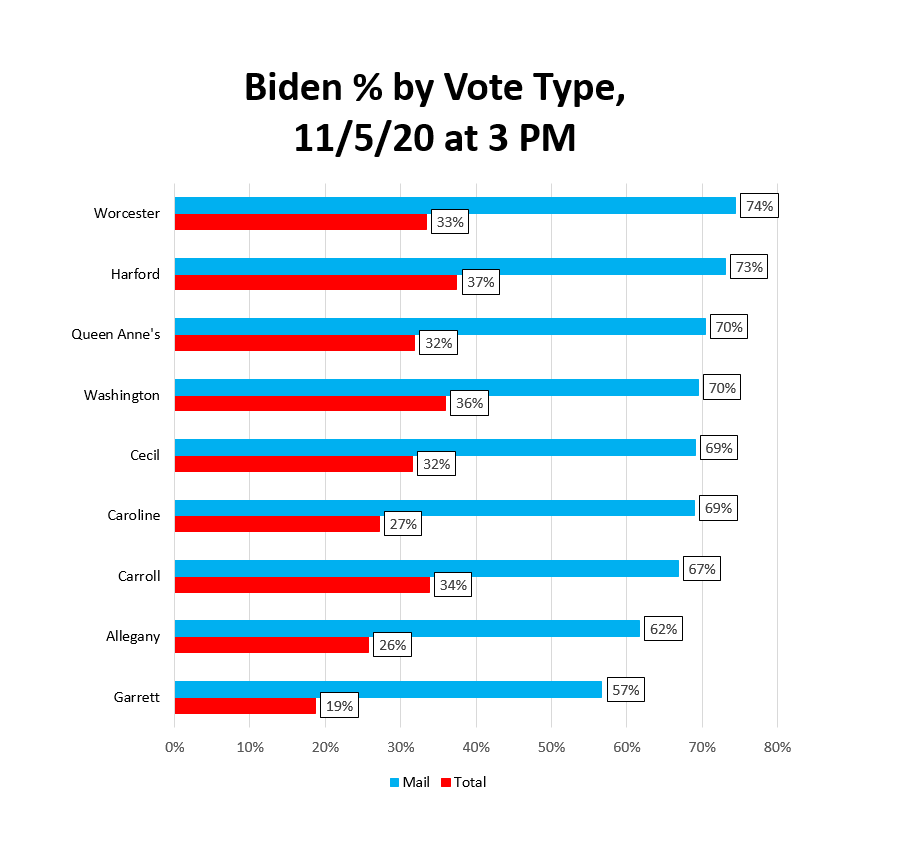By Adam Pagnucco.
MCPS’s new plan to phase in a return to in-person learning in January is the talk of parents across MoCo. The school district is currently surveying parents on their preferences for in-person or virtual instruction. But in recent weeks, the coronavirus has surged across the county, prompting the county government to re-impose restrictions on businesses and social gatherings.
With COVID-19 transmission approaching its highest levels since the spring, will MCPS actually reopen?
To answer that question, let’s consult MCPS’s own health metrics. For the purpose of determining which students will return and when, MCPS has broken them up into four groups in order of in-person instructional need.
Student special populations, including special education students and other students with special needs
Group 1: Kindergarten; grades 1, 6 and 9; career and technical education (CTE) students
Group 2: Pre-kindergarten and grades 2, 3, 7 and 10
Group 3: Grades 4, 5, 8, 11 and 12
The phase-in timing for each of these groups depends on average new COVID-19 case rates. The higher the case rates, the slower the phase-in of return. At an average rate of 15 or more new cases per 100,000 residents over a 14-day period, all groups would be taught virtually. For rates between 10 and 15, “minimal in-person” learning would be considered for special population students but would be virtual for all other groups. For rates between 5 and 10, limited in-person learning would be provided for special population students, minimal in-person learning would be considered for group 1 and other students would receive virtual learning.

So what does this mean given MoCo’s case rates? First, according to MCPS’s dashboard, the 14-day average case rate has never been below 5 since the virus came to MoCo in March. That means according to MCPS’s metrics, most students would never have been eligible for in-person learning since the pandemic began. For the period of May through mid-June and beginning in the second week of November, no students at all would have been in virtual learning. The school system’s dashboard, along with other metrics maintained by the county and state, now shows COVID case rates spiking to the highest levels seen in months. MCPS’s average 14-day case rate of 19.5 on November 15 is the highest rate since June 6. Under such conditions, MCPS’s metrics would keep all students in virtual learning.

Another issue is that MCPS’s reopening plan contains substantial costs, including health screenings, capacity limits (including on buses), personal protective equipment, training, air quality mitigation and recruitment. MCPS Superintendent Jack Smith has said the district will “absolutely have to hire more people” to implement a hybrid model combining virtual and in-person learning. MCPS has not released a reopening cost estimate as of this writing, but it’s conceivable that it could go into the tens of millions of dollars. If MCPS needs assistance from the county, it could be out of luck given that the county’s federal grant money is almost all spent or spoken for and the county’s emergency pay program has blown an 8-digit hole in its budget.
Finally, Maryland school districts that have reopened have faced tough going. Carroll County faced a shortage of hundreds of teachers when it reopened at the end of September. Allegany, Dorchester, Harford and Somerset counties all reopened and then later closed due to COVID spikes. Last week, Maryland Matters reported, “About half of local school districts reversed plans to return to in-person learning.” This is all a dire warning to any school district thinking of reopening in the current conditions of COVID spread.
All of the above together suggests that MCPS will proceed with reopening only if MoCo sees a miracle reduction in COVID cases or if MCPS liberalizes its health metrics. Neither seems likely as the pandemic continues.






